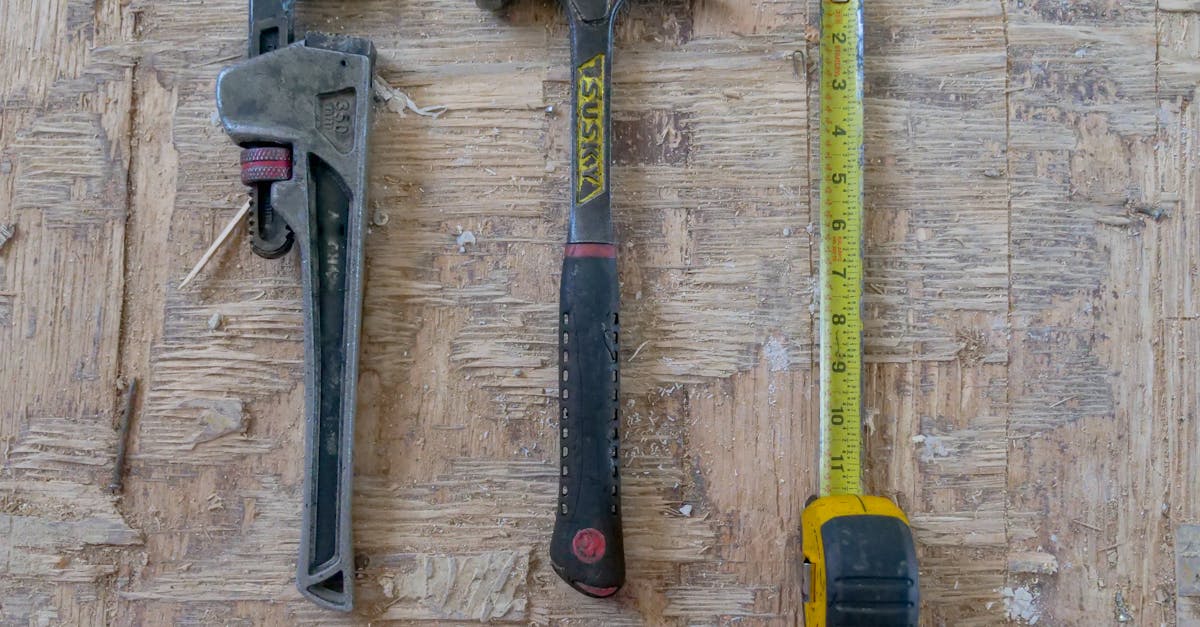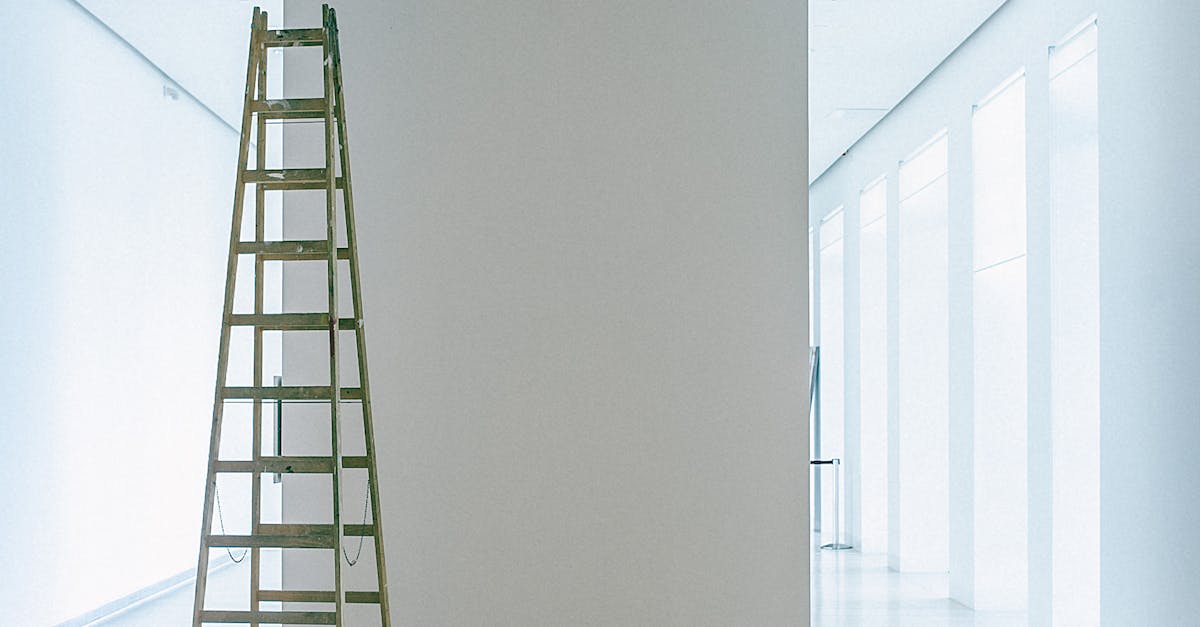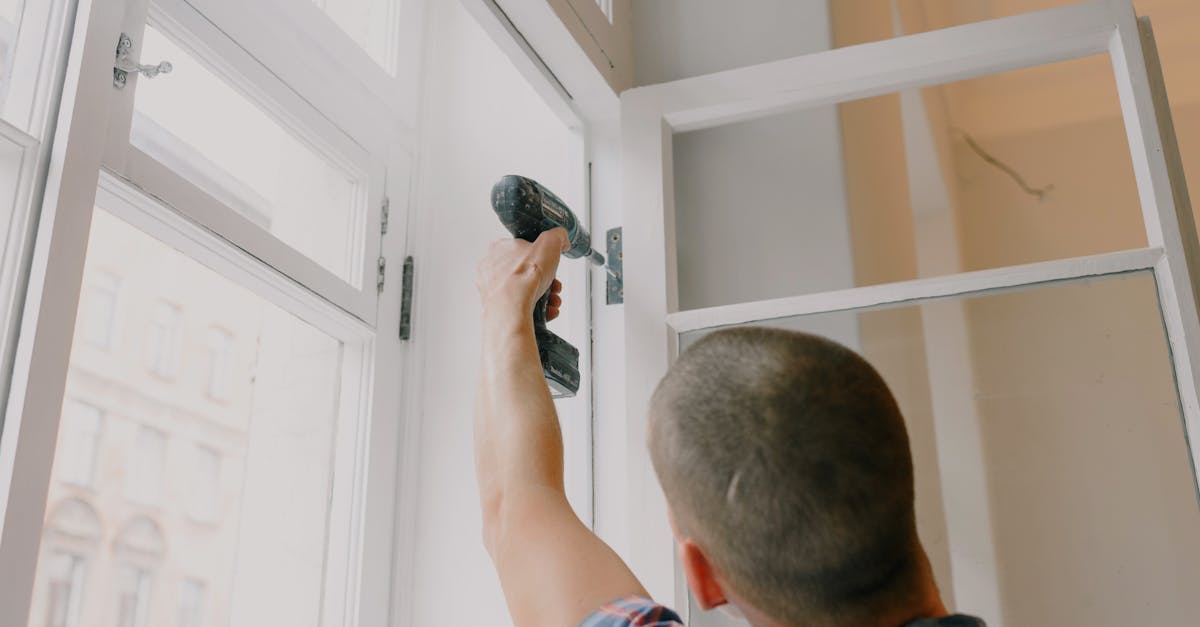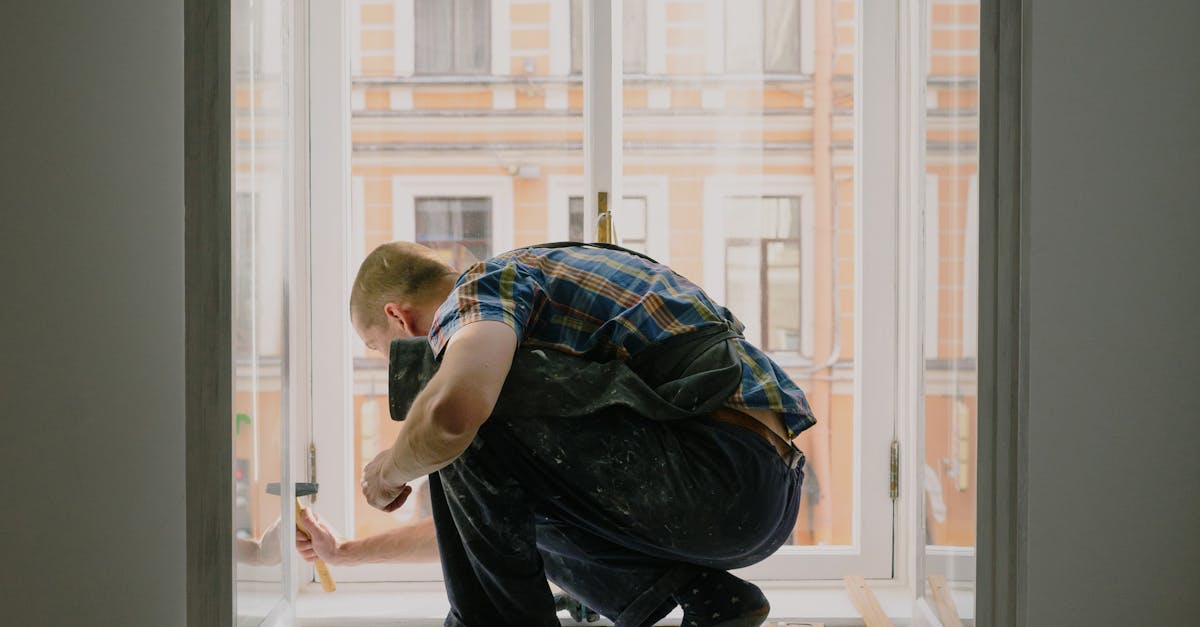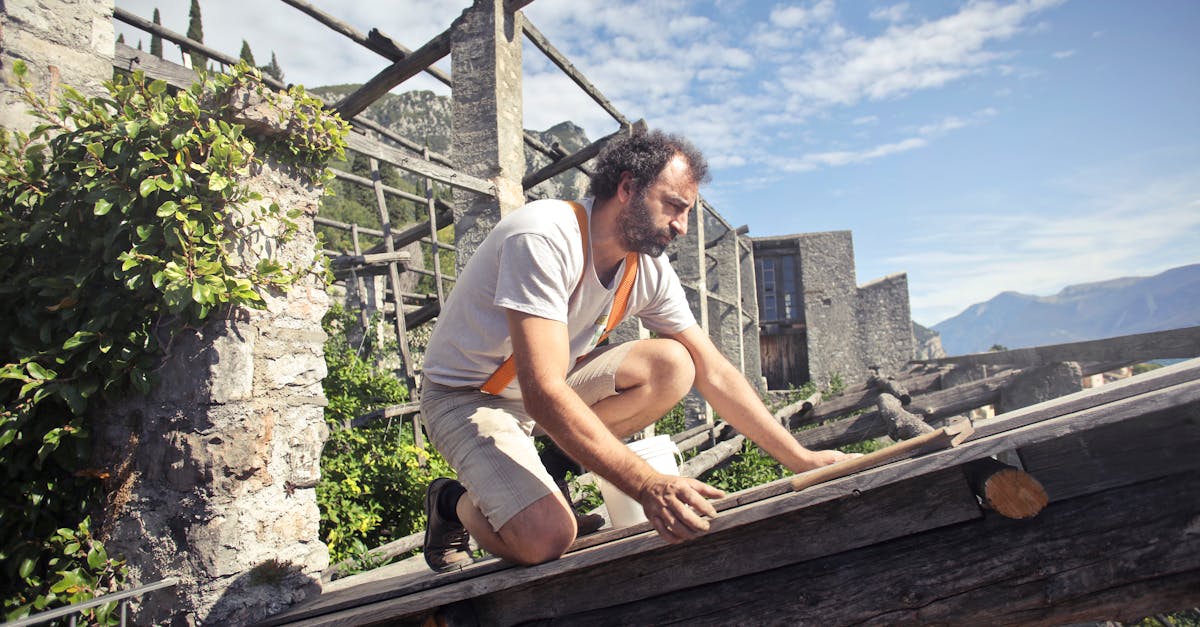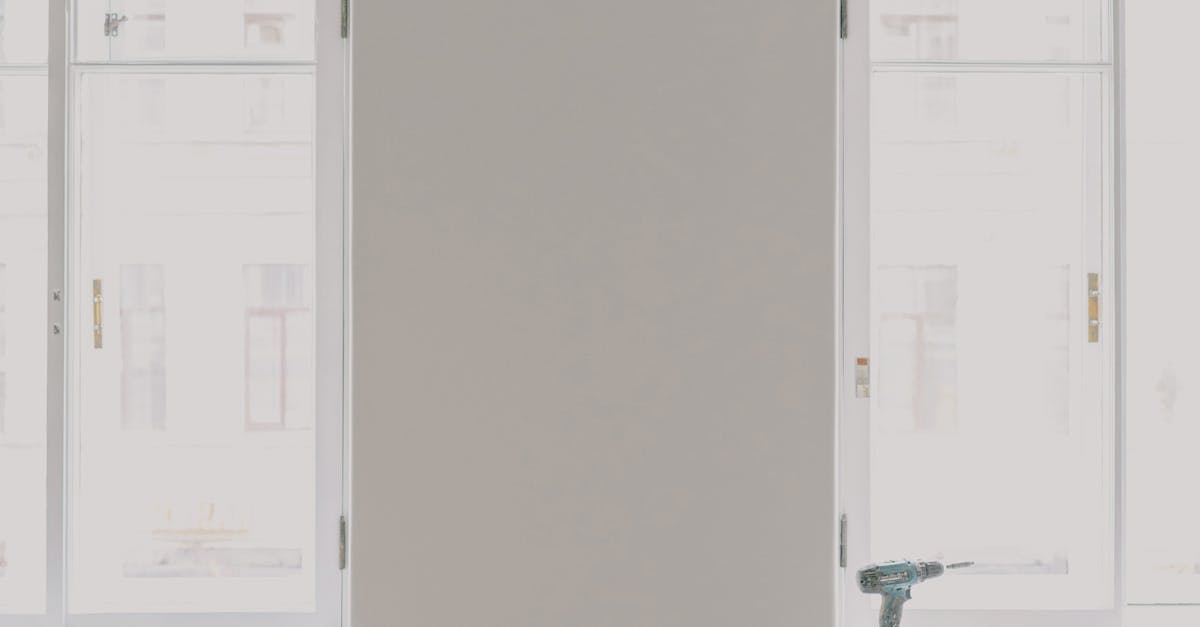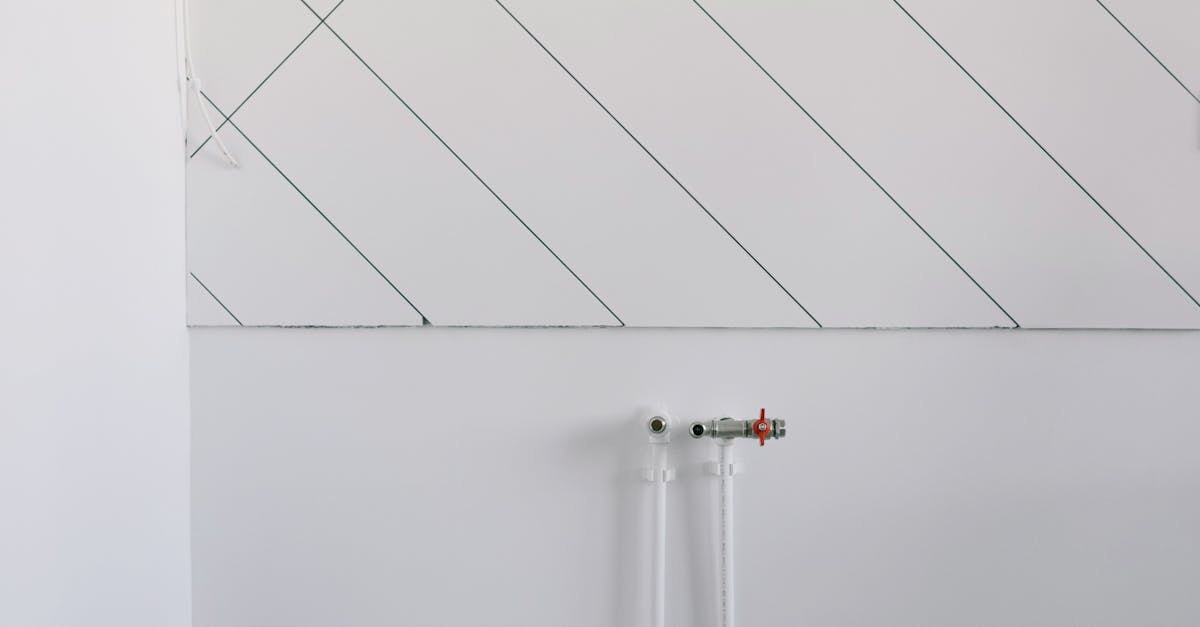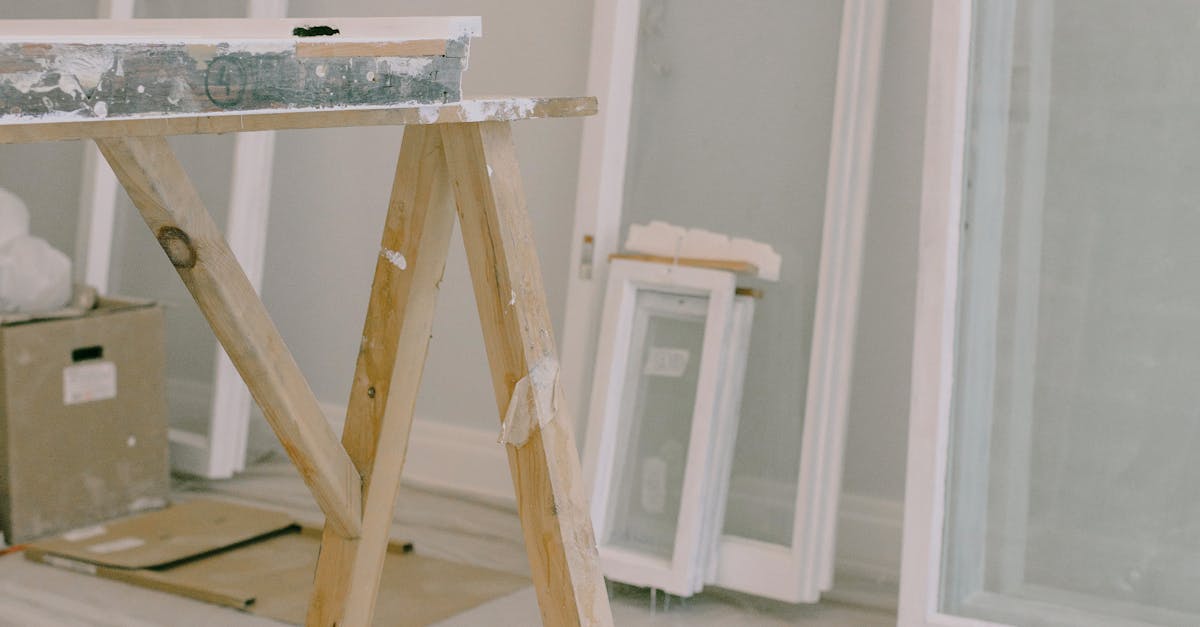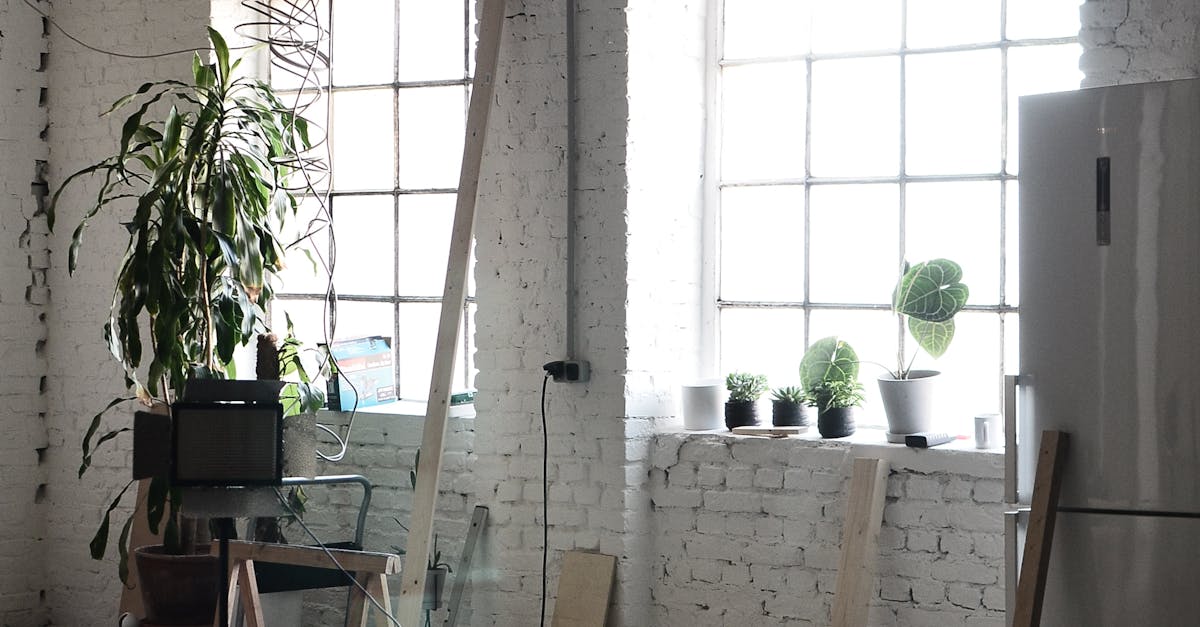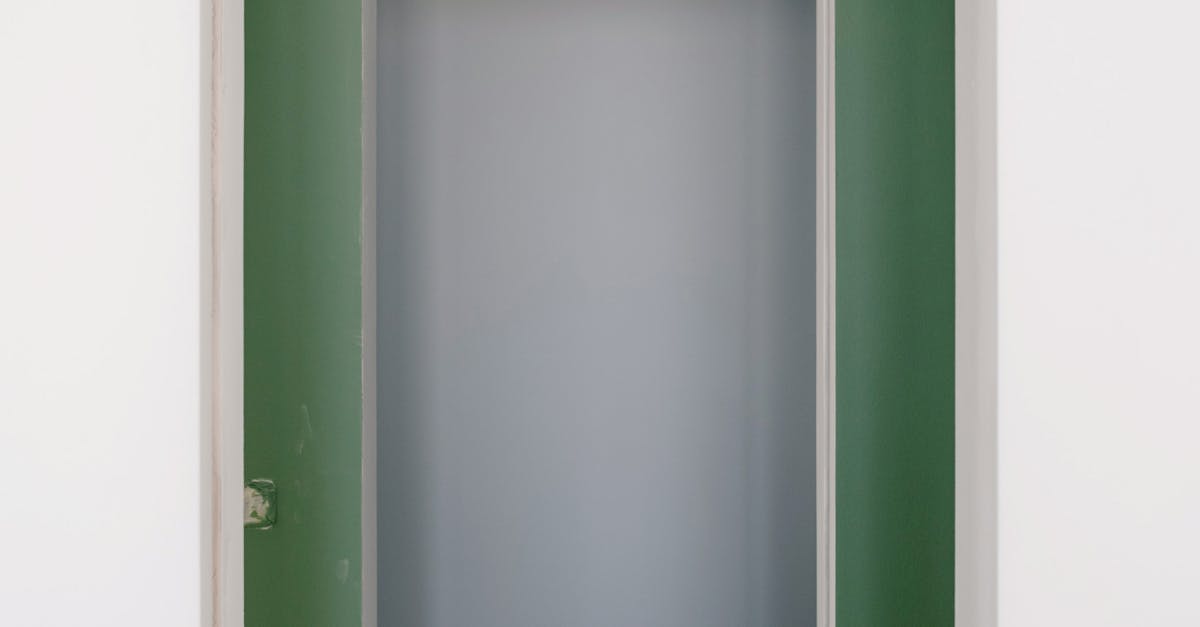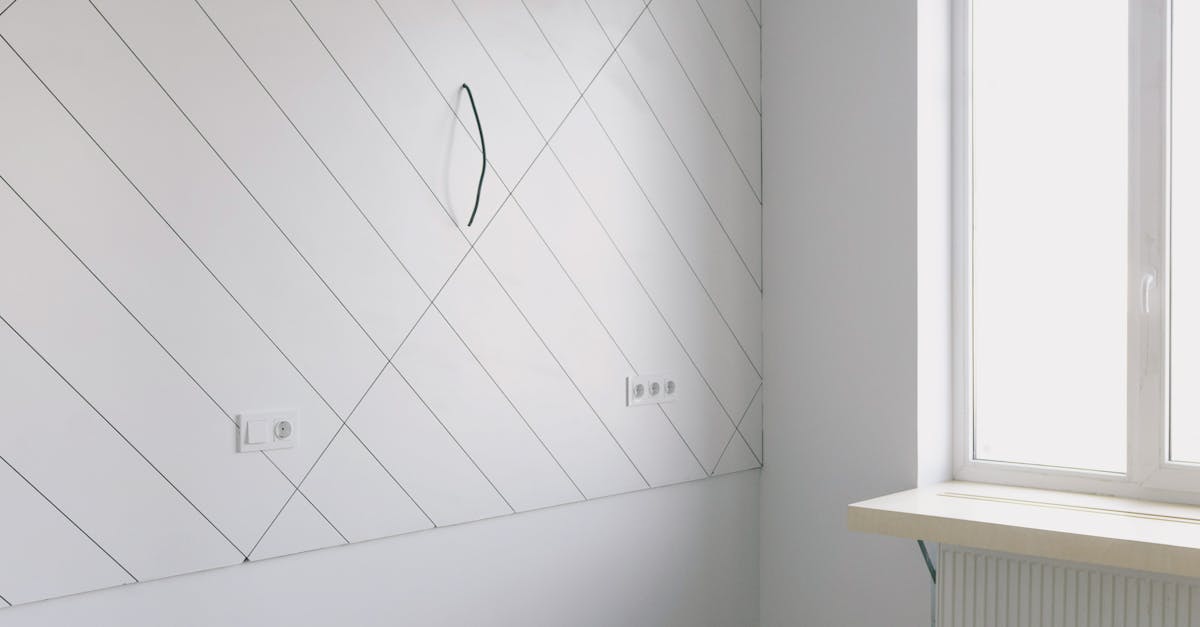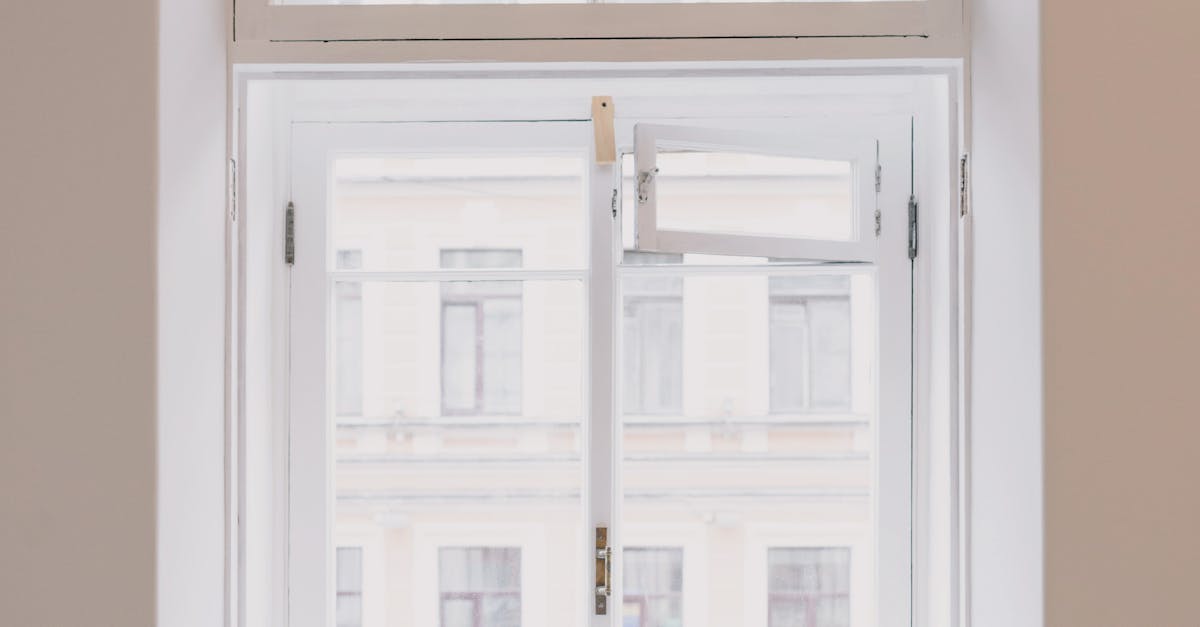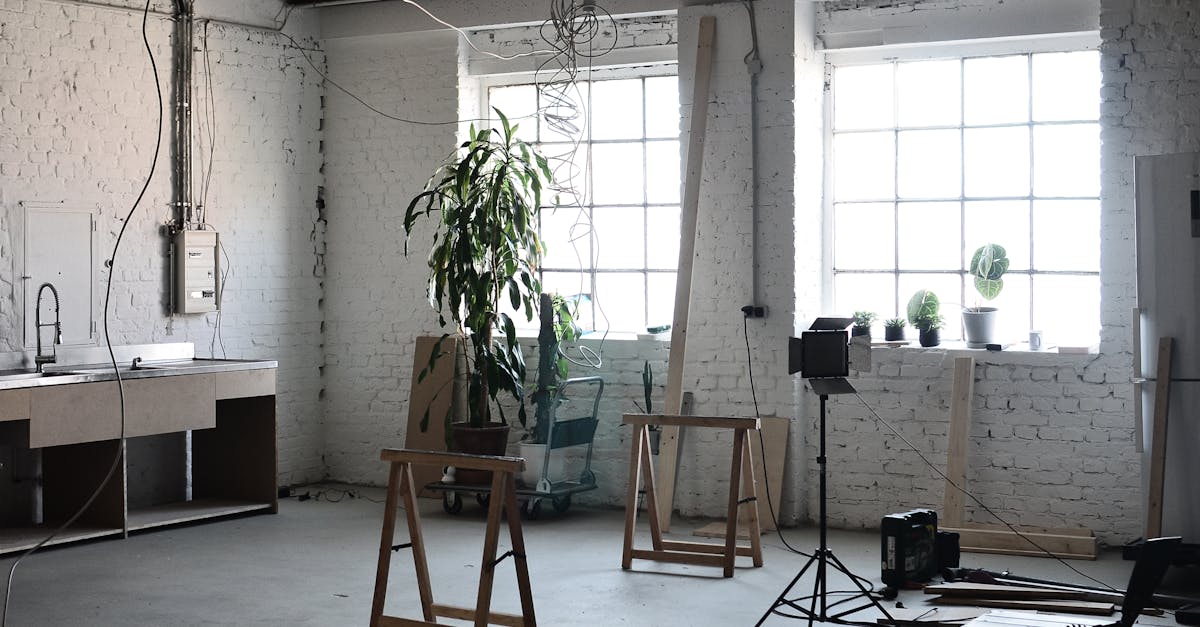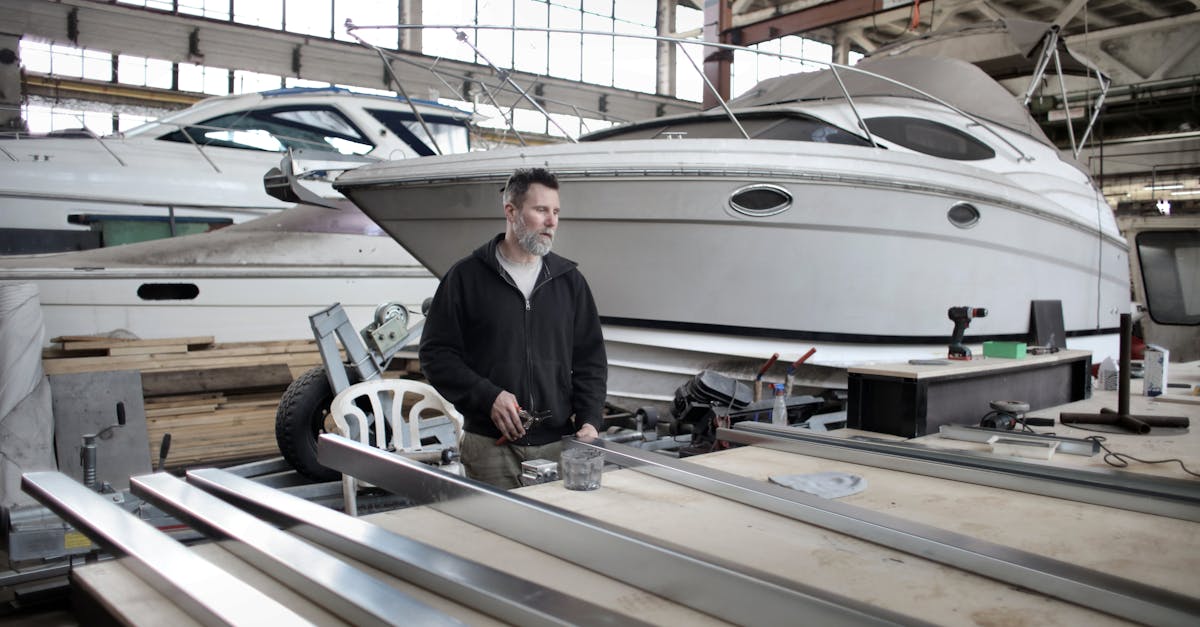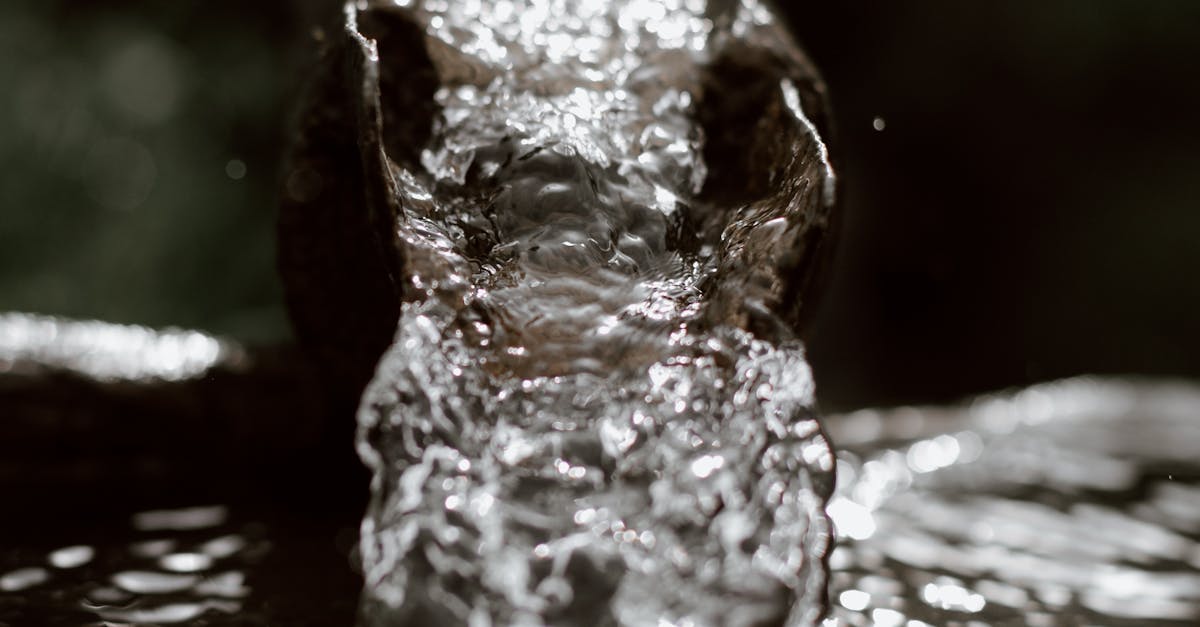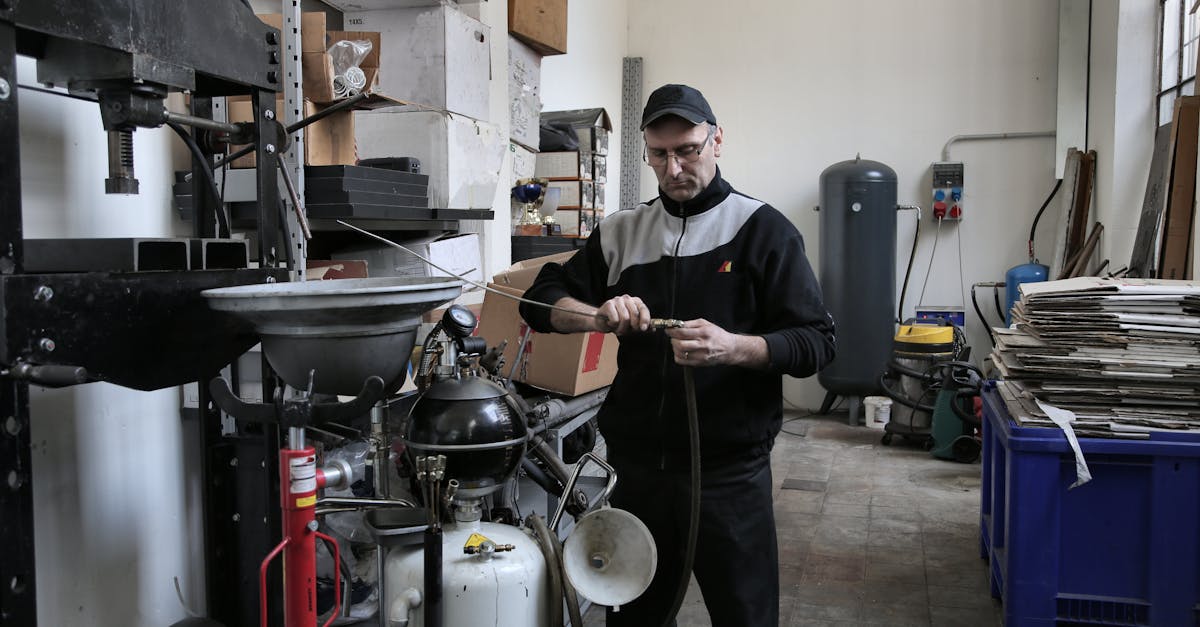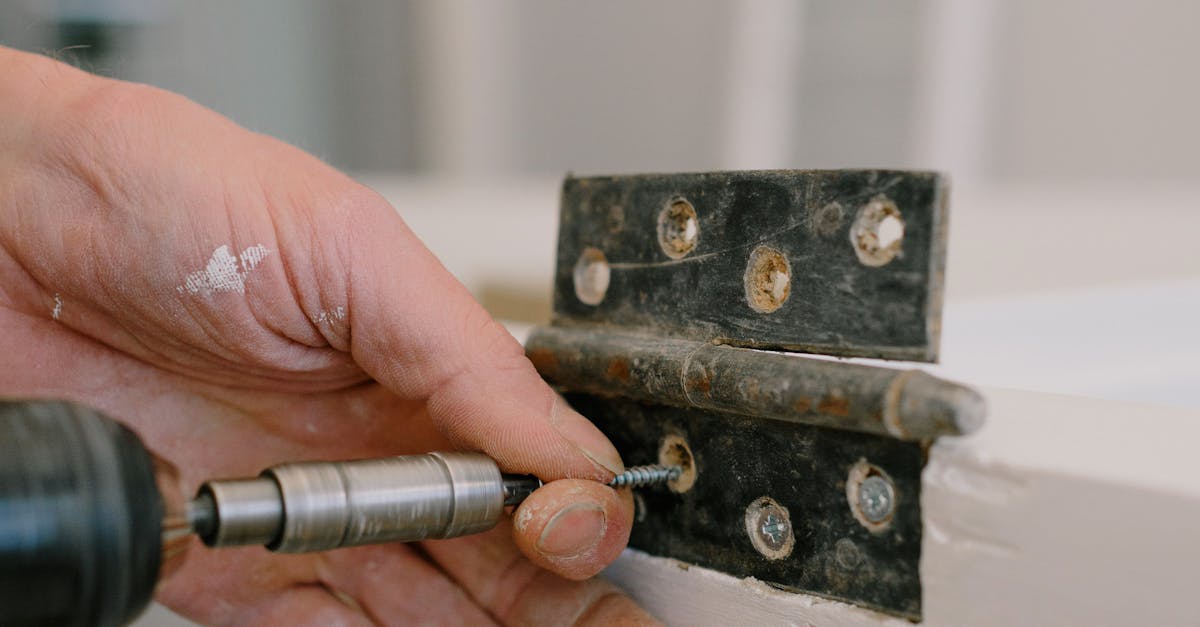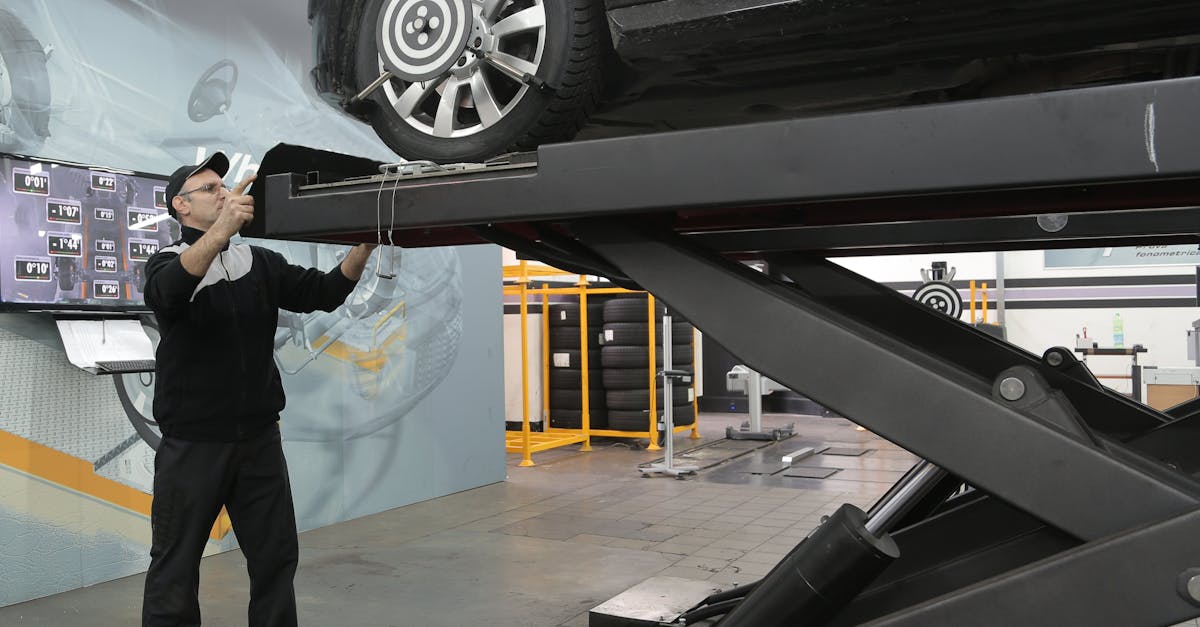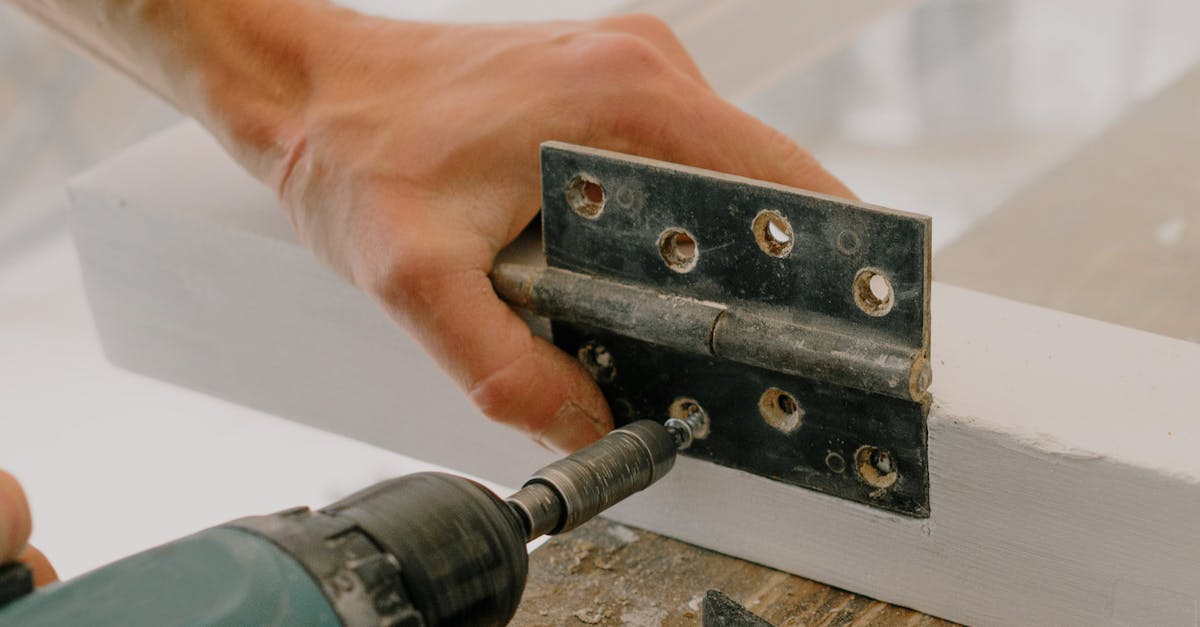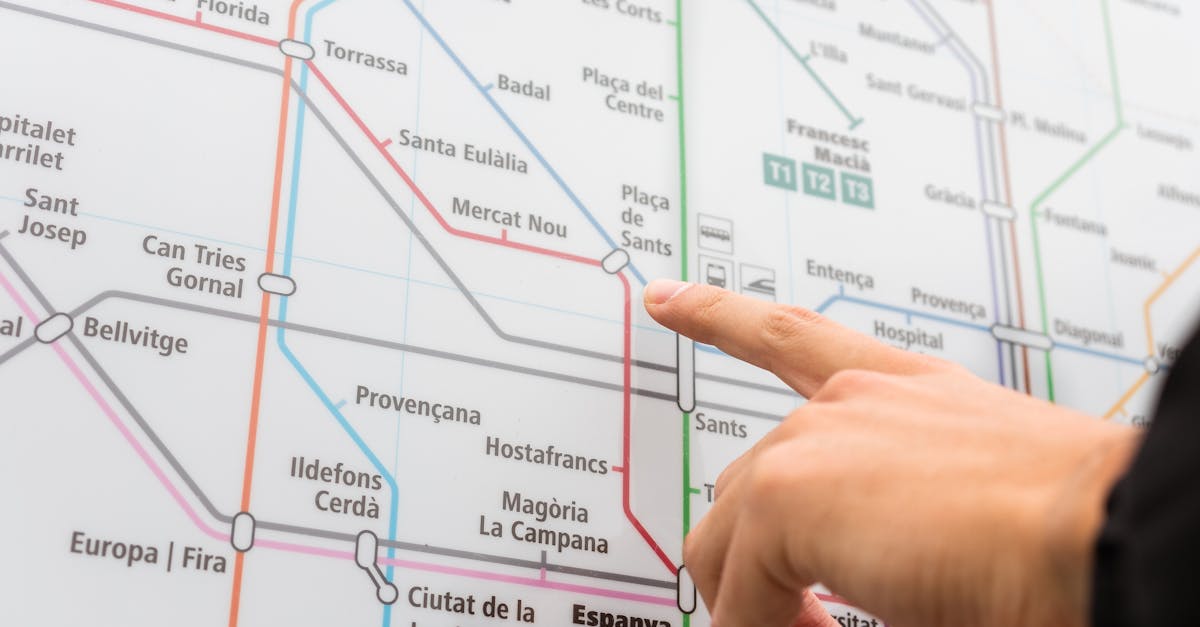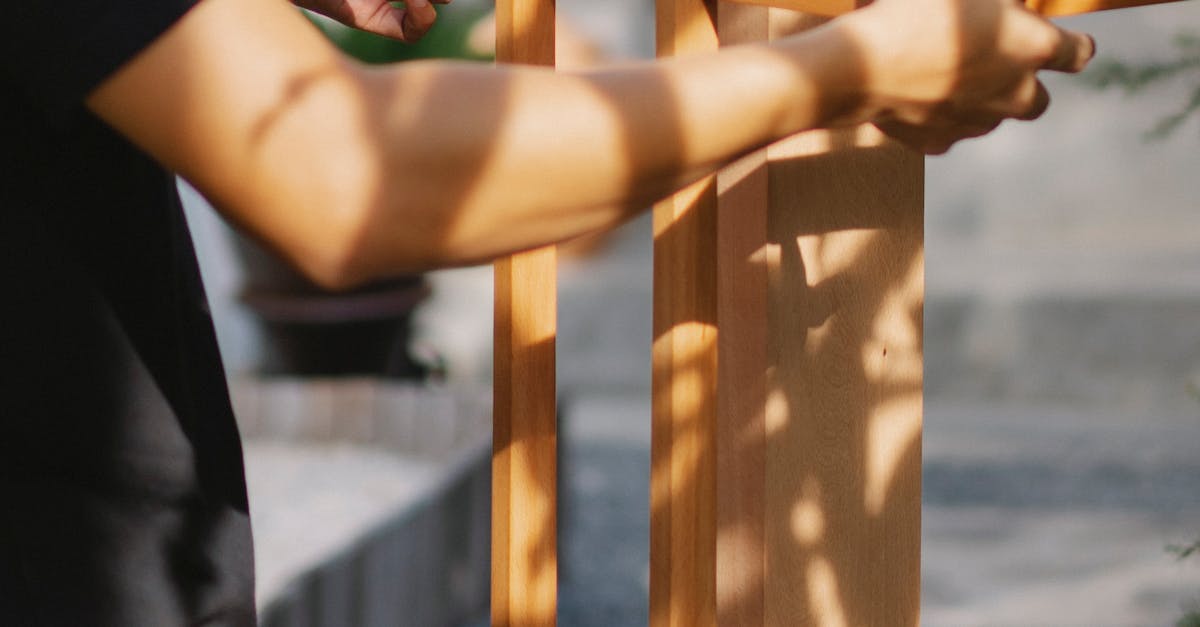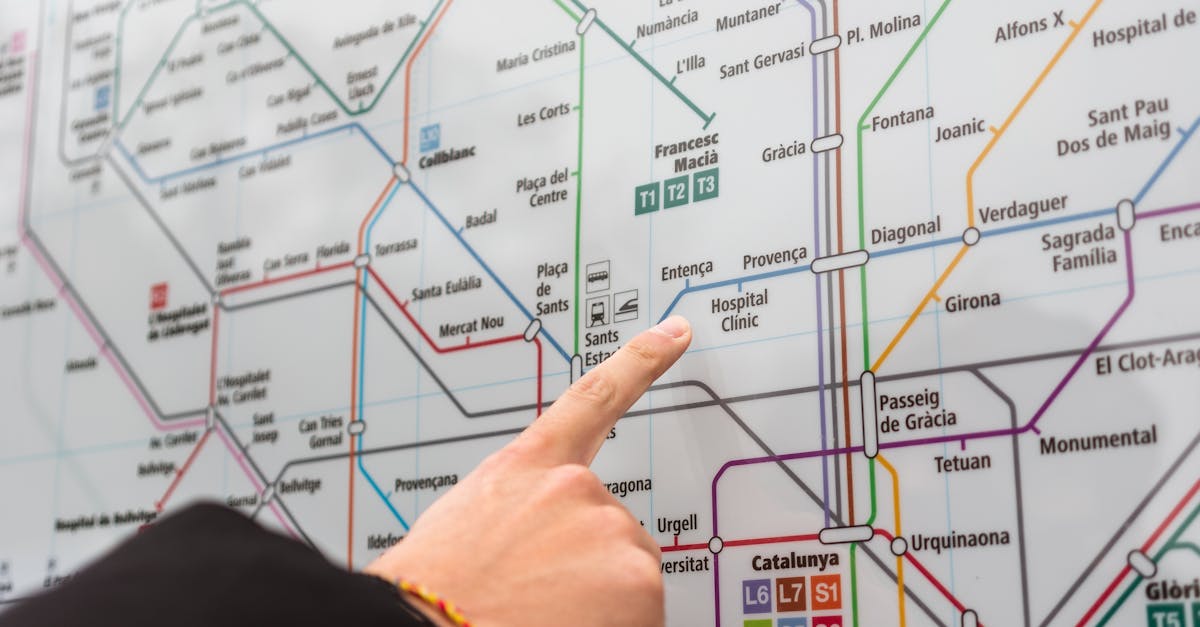
Table Of Contents
Material Compatibility Issues
Material compatibility is a critical factor to consider during the relining process. Different pipe materials may react differently to the relining compounds used. For instance, certain epoxy or resin-based relining systems may not bond well with older pipe materials like clay or cast iron. This poor adhesion can lead to leaks or premature failure of the relined sections. Sewer line installation and repair require careful assessment of the original pipe material to ensure the chosen relining option is suitable.
Professional evaluation of existing pipe conditions can prevent complications down the line. If the relining material does not match the properties of the original pipe, it can result in structural weaknesses. Additionally, expanding or contracting materials can cause stress on the relined section, which may not be adequately accommodated. Understanding these compatibility issues is essential for effective sewer line installation and repair, ensuring long-lasting results while minimising the risk of future problems.
Assessing Pipe Material Before Relining
Before proceeding with relining, assessing the existing pipe material is crucial. Different types of pipes, such as PVC, clay, or cast iron, may react differently to relining processes. Understanding the material composition helps determine the suitability of the chosen relining method. Inadequate compatibility can lead to compromised structural integrity or even failure of the relined pipe, resulting in costly repairs.
In the context of sewer line installation and repair, it is essential to consider the condition of the existing infrastructure. A thorough inspection can reveal damage, such as cracks or excessive corrosion, which may affect the relining's effectiveness. Factors like age and previous repairs contribute to the overall assessment. Conducting a comprehensive evaluation enables professionals to make informed decisions about the best relining approach for optimal long-term results.
Environmental Impact
Relining processes can have significant environmental implications. The materials used during relining may leach chemicals into the surrounding soil and water. As this could affect local ecosystems, proper assessment and containment measures are essential. Additionally, the disturbance to existing sewer systems during the relining process might lead to temporary disruptions that could further impact the environment.
Another factor to consider is waste generation from relining procedures. Old liners and other materials removed during the process require careful disposal to prevent contamination. If not managed properly, this waste could contribute to landfill issues. Sewer line installation and repair practices must prioritise sustainable methods to mitigate these environmental concerns while ensuring effective systems are in place.
Waste Generation from Relining Procedures
Waste generation during relining procedures can pose significant environmental concerns. The process often involves the use of various materials that may generate excess waste, including resin saturation from liners and leftover chemicals. These materials, if not handled properly, can contribute to pollution and environmental degradation. Moreover, improper disposal of these substances can lead to further complications in managing waste streams.
Sewer line installation and repair projects can intensify waste generation if pre-existing materials are not adequately removed prior to relining efforts. Old pipe segments, debris, and other remnants often need to be extracted, generating additional refuse. Efficient waste management strategies become essential in mitigating this impact, emphasising the importance of careful planning and execution during relining processes.
Availability of Skilled Professionals
The availability of skilled professionals can significantly impact the success of relining projects. Many regions are experiencing a shortage of qualified technicians who specialise in this niche area. This scarcity can lead to delays in project timelines, putting added pressure on contractors and property owners alike. Without a team of competent individuals, the intricacies of sewer line installation and repair may not be addressed properly, resulting in potential long-term issues.
Moreover, the training required for technicians to become proficient in relining techniques is substantial. It involves not only understanding the materials used but also mastering the latest technologies in the field. The lack of adequate training programs further exacerbates the issue, creating a gap between demand for skilled workers and the current supply. As the need for effective sewer line installation and repair continues to grow, the industry must find ways to cultivate a new generation of specialists to meet these challenges.
Finding Qualified Technicians
Finding qualified technicians for relining projects can pose a significant challenge. The processes involved in sewer line installation and repair demand specific skills and expertise, making it essential to ensure that the professionals engaged have the appropriate training and experience. With the ongoing demand for plumbing services, the pool of technicians can vary in quality, which may impact the success of the relining procedure.
It's crucial to conduct thorough background checks and seek recommendations when hiring for such specialised work. Technicians must be well-versed in the latest technology and techniques related to relining to guarantee effective results. Reliability is also key; without a competent technician, issues could arise down the line, potentially leading to costly repairs or further complications in sewer line installation and repair.
FAQS
What are the main disadvantages of relining pipes?
The primary disadvantages of relining pipes include material compatibility issues, potential environmental impacts, waste generation during the relining process, and the availability of skilled professionals to carry out the work.
How can material compatibility issues affect the relining process?
Material compatibility issues can arise if the relining material is not suitable for the existing pipe material, leading to potential failures or reduced lifespan of the relined pipe.
What environmental impacts should I be aware of when considering relining?
Environmental impacts can include waste generation from the relining process, the potential for chemical pollutants in the materials used, and disruption to local ecosystems during installation.
Are there specific qualifications I should look for in a technician for relining work?
Yes, it is essential to look for technicians with relevant certifications, experience in pipe relining, and a solid understanding of the specific materials and methods used in the process.
What happens if the relining fails?
If the relining fails, it may lead to further issues such as leaks, blockages, or a complete breakdown of the pipe system, which can result in additional repair costs and disruption.
